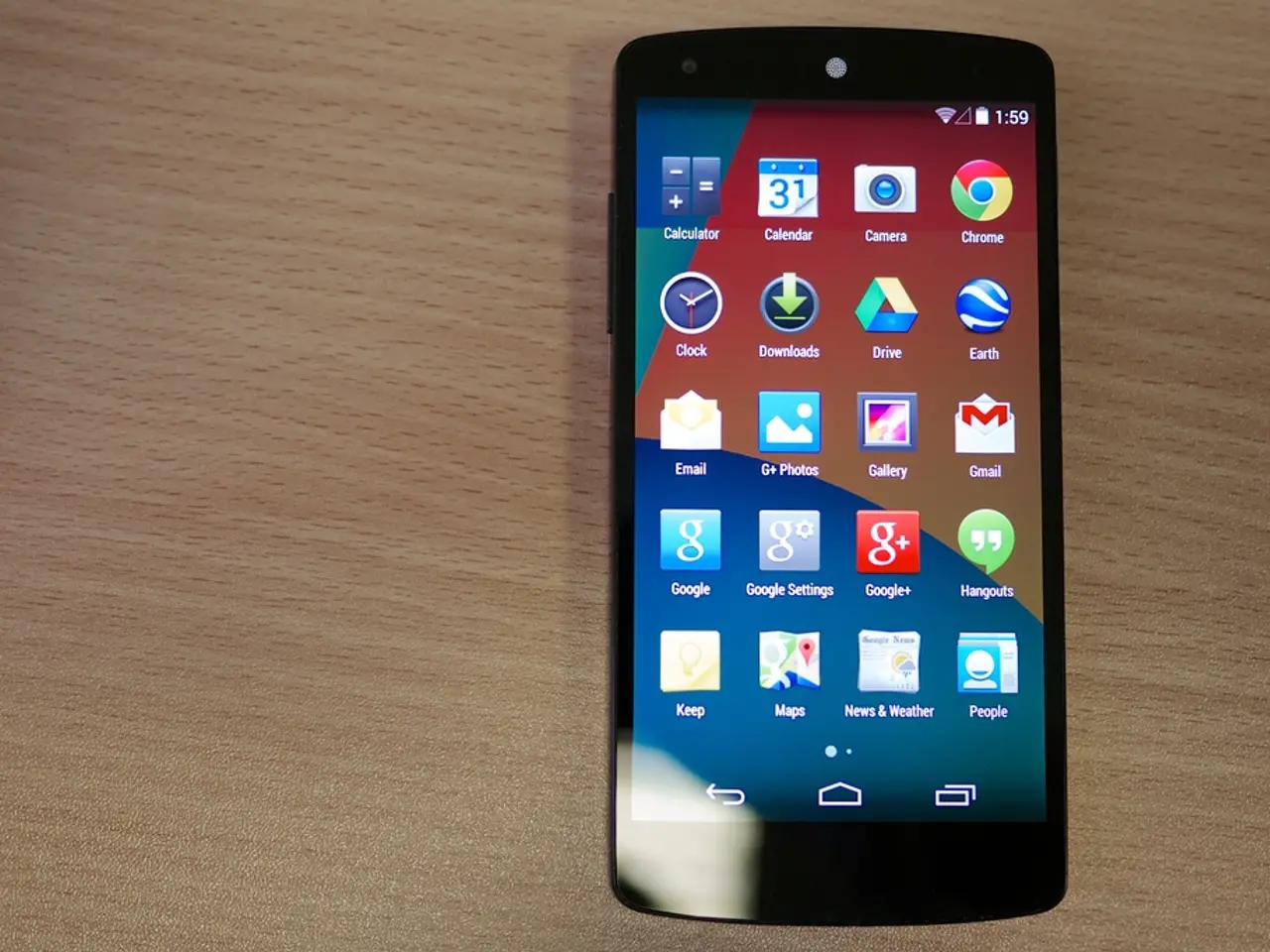Examine User's Viewpoint by Conducting Research for Optimized Mobile User Experience
In the rapidly evolving world of mobile app development, understanding user behavior and preferences is crucial for creating apps that meet users' needs and expectations. This is where mobile user research comes into play, serving as a powerful tool for UX designers to gain a competitive edge in the app market.
Qualitative Research Methods
Qualitative research methods provide in-depth insights into user motivations, behaviors, and challenges. The most effective qualitative methods for mobile app development and UX design include usability testing, user interviews, field studies/observation, and focus groups. These methods engage directly with users, observe their interactions, and elicit detailed feedback, helping to understand user behavior in depth [1][3][5].
Usability Testing
Usability testing, whether conducted through moderated sessions (in-person or remote) or unmoderated sessions, reveals issues in app navigation and functionality [1][5].
User Interviews
User interviews capture qualitative insights into user needs and goals, supporting persona creation [1][3][5].
Other Qualitative Methods
Other qualitative methods include lab tests, diary studies, task analysis, and field studies. These methods provide a comprehensive understanding of user behavior in various contexts [1][2].
Quantitative Research Methods
Quantitative research methods provide large-scale, numerical data about user behavior, preferences, and performance metrics. The most effective quantitative methods include surveys, analytics tracking, heatmaps, and A/B testing.
Surveys
Surveys gather standardized quantitative data from large samples to benchmark satisfaction or identify problem areas [1][3][5].
Analytics Tracking
Analytics platforms, such as Mixpanel, track real-time user interactions such as events and engagement patterns, offering statistical insights at scale [2][5].
Heatmaps and Session Recordings
Heatmaps and session recordings, like those provided by Hotjar, visualize how users interact with the app, highlighting areas of attention or friction [2][4][5].
A/B Testing
A/B testing compares design variants to measure which performs better in real usage conditions [1].
Other Quantitative Methods
Other quantitative methods include card sorting and tree testing, which aid in optimizing information architecture through users’ mental models [1][2].
A Balanced Approach
Integrating both qualitative and quantitative methods provides a balanced, comprehensive understanding. Qualitative methods answer why users behave in certain ways, while quantitative methods reveal how many users behave that way and the magnitude of the issues [5].
Recommended Tools
Recommended tools for these methods in a mobile app context include Qualitative tools like Lookback, UsabilityHub, UserTesting, and Quantitative tools like Mixpanel, Hotjar, Typeform (for surveys), and Optimal Workshop (for card sorting) [2][5].
Resources for Mobile User Research
For those interested in learning more about mobile user research, the User Research - Methods and Best Practices Course can be a valuable resource. Additionally, there are articles available on using diaries in user experience, an introduction to lab testing, field studies and the user context, a deep introduction into Experience Sampling for Building Predictive User Models, and a report by Allied Market Research about the current trends in the mobile application market.
One particularly useful approach is the combination of qualitative methods like usability testing and interviews with quantitative tools such as surveys, analytics, and heatmaps, providing a well-rounded user research approach for mobile app development and UX design [1][2][5].
Lastly, automated logging captures device-generated events without user input, providing objective and consistent interaction data. Online surveys combined with automated data collection reflect the user's actual behavior, offering valuable insights for UX designers.
- To gain deep insights into user motivations, behaviors, and challenges within mobile app development and UX design, qualitative research methods such as usability testing, user interviews, field studies/observation, and focus groups are effective.
- Surveys and analytics tracking are quantitative research methods that provide large-scale, numerical data about user behavior, preferences, and performance metrics, beneficial for mobile app development and UX design.
- Integrating both qualitative and quantitative methods, like usability testing and surveys, offers a balanced, comprehensive understanding of user behavior in the context of mobile app development and UX design.
- Tools like Lookback, UsabilityHub, UserTesting, Mixpanel, Hotjar, Typeform, and Optimal Workshop can be used for qualitative and quantitative research methods in a mobile app context, aiding in a well-rounded user research approach for app development and UX design.




